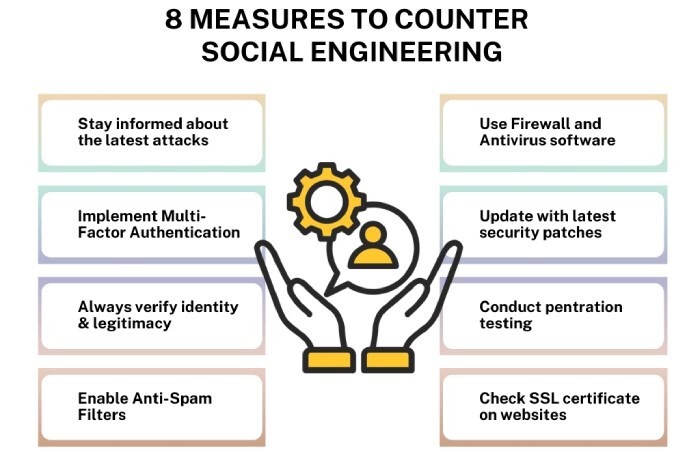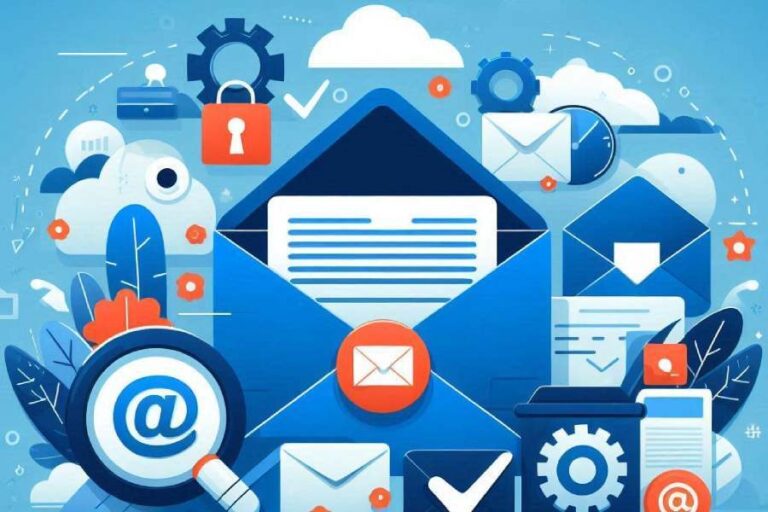Gone are the days when incorrect grammar, poor graphics, an unprofessional tone, and other flaws were red flags of a phishing email. It’s 2025, and AI has enabled threat actors to create convincing emails without such flaws. They are creating sophisticated emails that look like they have been genuinely sent by friends, colleagues, clients, service providers, etc. Considering the growing menace, Gmail, Outlook, Apple Mail, and other leading email service providers lack the right defenses against AI-generated emails.
These attacks are a security nightmare, and their shape will only get worse; there will soon be a time when, as users, you will be questioning the authenticity of every second email you receive. Emails are an integral part of both our personal and professional lives— work emails, shopping receipts, school updates, online movie tickets, updates on your Netflix subscription—nothing is safe anymore!
With so much personal information available on social media and shopping platforms, it’s no longer challenging for threat actors to extract exploitable information using artificial intelligence and machine learning. No matter how much AI platforms try to prevent misuse, with just a bit of clever manipulation, these tools can still be exploited for wrongdoing. These tools can scrape online data to figure out your preferences, user patterns, spending habits, etc.
Now, phishing tactics are not limited to just stealing passwords, using homoglyphing techniques, or spoofing domain names. These manoeuvres are surely not obsolete, as they are still used for gathering information, bypassing security filters, gaining trust access within a company, or setting the stage for a bigger fraud.
However, with AI-enabled capabilities in hand, malicious actors are drafting convincing, sophisticated emails. Threat actors can use generative AI to bypass email security protocols like SPF, DMARC, and DKIM, making phishing emails harder to detect.-tips
Experts warn that generative AI has lowered the barrier for cybercriminals, and this has led to a significant increase in new kinds of cyber threats. These scams are becoming more polished and targeted, making them harder to detect. Social engineering has always been effective due to human nature, but with AI now mimicking these tactics, the challenge of stopping such attacks grows—especially if people don’t become more mindful of what they share online.

In fact, the FBI has issued an advisory stating that generative AI learns from the examples a user provides. Using that, they create new content and can even fix mistakes that might normally be red flags for a phishing message.
Best practices to stay safe
While this situation is more likely to get worse in the coming years, you can still do your bit to make the digital space safe. Here is what will help prevent phishing emails from fooling you-
- Double-check the sender’s email address to see if there are any subtle misspellings or inconsistencies.
- Even though AI can craft well-written emails, some phishing emails may still have odd phrasing or unnatural urgency. So, do look for unusual language or requests.
- Avoid responding in haste, especially to emails that have a tone of urgency.
- Inspect links by hovering over them to see the actual URL before clicking.
- Avoid opening attachments or downloading links from unknown sources, as they may contain malware.
- If you receive a potentially fraudulent email, report it to your IT team or email provider to help prevent future attacks.
